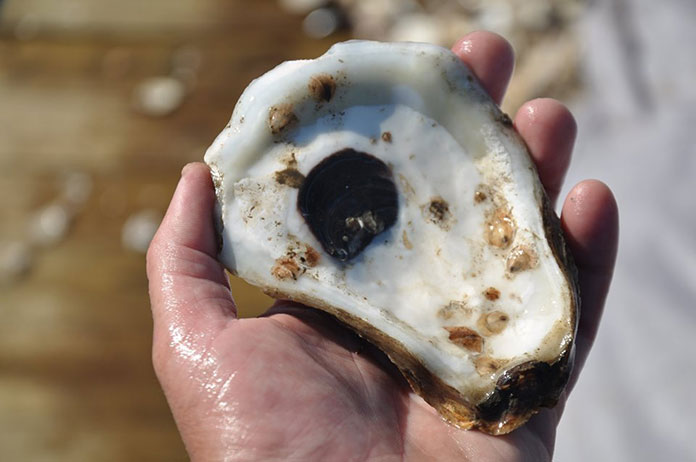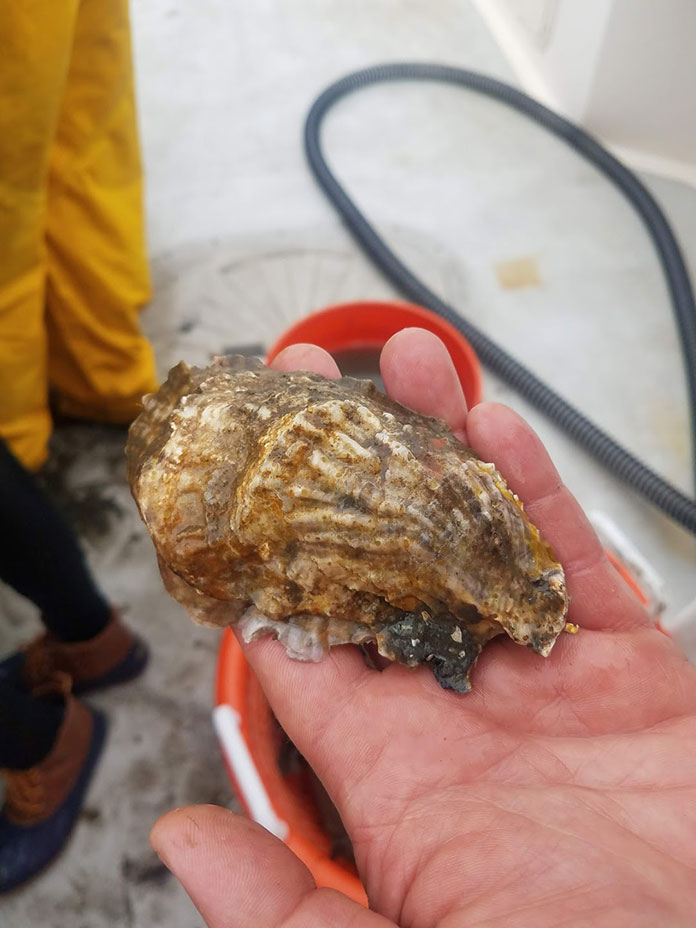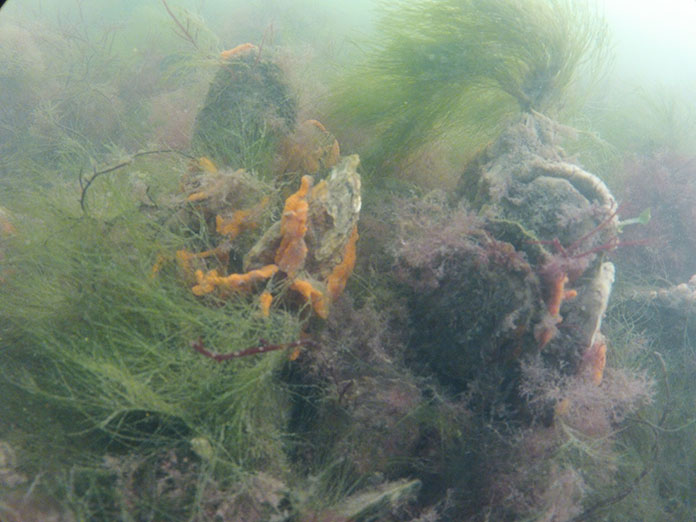
TUCKERTON – Participants involved with the Tuckerton Oyster Reef in Barnegat Bay in southern Ocean County recently celebrated a birthday.
The project, part of a partnership with Stockton University, Parsons Seafood and the American Littoral Society, just turned four years old. Located between Tuckerton and Beach Haven, the project was born thanks to a grant from the Barnegat Bay Partnership. But it’s still just in the beginning stages.
“This project is only a small step in what will likely take a lot of time and effort to establish a self-sustaining population in the Barnegat Bay,” said Dr. Christine Thompson, an associate professor of marine science at Stockton University. “The half-acre footprint of the oysters on the reef is a tiny fraction of the 1,350 square miles of Barnegat Bay or the 89,000 hectares of oyster reefs explorer Henry Hudson had to navigate in 1609.”

The new reef was expanded two years ago with more funding from the Barnegat Bay Partnership, the Jetty Rock Foundation and a new shell recycling program out of Long Beach Island. The Jetty Rock Foundation’s Oyster Recycling Program and “The Oyster Farmers” film also increased the outreach programs.
The program’s aim was to help people understand the relationship between people, the bay, and a small organism that filters water and plays an important role in coastal ecosystems, Thompson said.
Thompson said that the resurgence of the farmed oyster industry in the state will raise awareness of the benefits of oysters to coastal waters. But much more needs to be done to bring back the services on a large scale, she said.
“In Barnegat Bay, the eastern oyster is functionally extinct,” Thompson said. “This doesn’t mean they are extinct or even endangered, it just means that they don’t exist in the ecosystem role they were meant to play. It’s like having an evergreen forest with only a half dozen trees. It won’t provide any habitat or protection for other animals. To really bring oysters back to the bay, we need to bring back the oyster reefs.”

Oysters need a suitable place to live, like a hard surface or another oyster shell. Otherwise, they use random concrete blocks or pilings.
“This won’t really make a reef,” Thompson said.
So far, only the Mullica River-Great Bay river system in New Jersey has a viable oyster fishery. A mishap on June 9 left over 400,000 shells containing 1.7 million baby oysters blown off a barge in the middle of Barnegat Bay.






